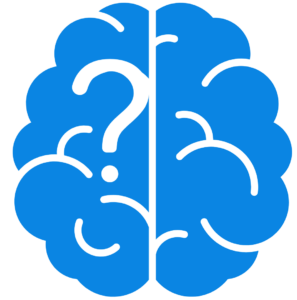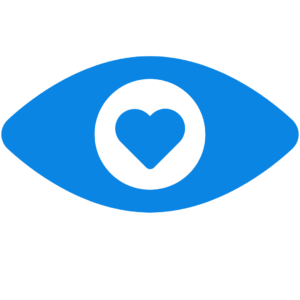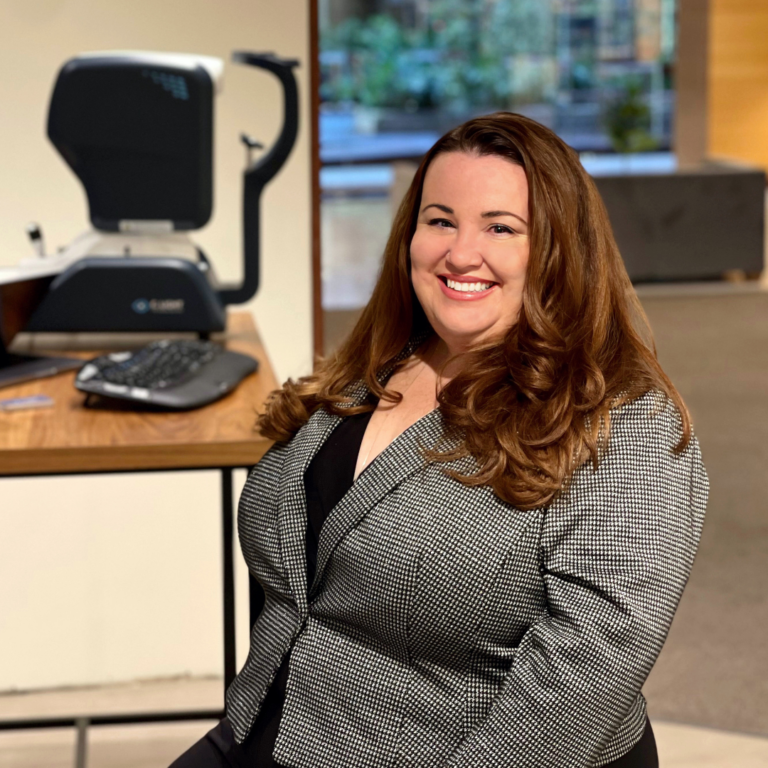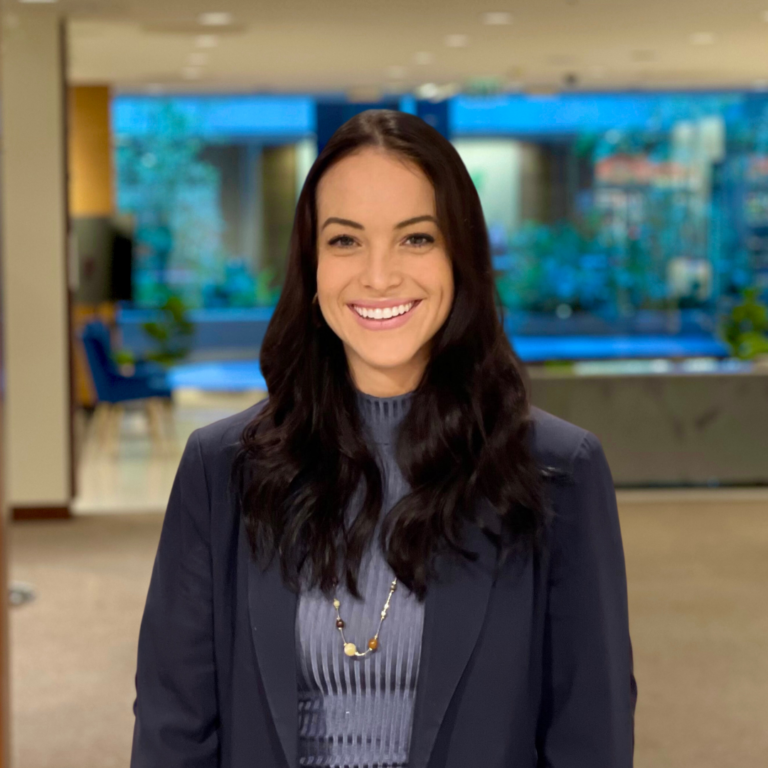Christy Sheehy, PhD
CEO and Cofounder
Joe Xing, PhD
CTO and Cofounder
Jacqueline Theis, OD, FAAO
Chief Medical Officer
Advance your practice today with pioneering retinal tracking technology
Defining oculomotor function with the first compact 510(k) FDA-cleared retinal-tracking monitor that measures saccades & fixation
Track and record fixational eye movement (FEM) videos in the retina at the photoreceptor level
Extract FEM patterns from recordings to assess saccadic and fixational metrics like speed, magnitude, and accuracy
Analytics report for clinicians to visualize and quantify an individual's oculomotor health and visual experience over time
Utilize proper CPT codes to help facilitate timely and accurate insurance reimbursement for your service
Fixational eye motion (FEM) are microscopic, involuntary eye movements that allow for precision vision. Traditionally, FEMs are subdivided into three categories: microsaccades, ocular drift, and tremor.
Healthcare faces challenges with available bedside tools to accurately and objectively track and assess fixational eye movements (FEM).
C. Light is a healthtech company on a mission to create AI-enabled technology to assess eye and brain health and aid early detection and earlier intervention for the future of healthcare.
We aim to empower clinicians who seek objective metrics to validate what the patient experiences. The future of C. Light’s pipeline is to aid healthcare providers deliver evidence-based, targeted care at the earliest stages via our eye-tracking tools.
Christy Sheehy, PhD
CEO and Cofounder
Joe Xing, PhD
CTO and Cofounder
Jacqueline Theis, OD, FAAO
Chief Medical Officer
C. Light is actively looking to partner with pharma, CROs, and patient advocacy groups to conduct biomarker research for our future pipeline in the following therapeutic areas.
 Research has shown that early detection of neurodegenerative disease, like Alzheimer's disease (AD) and mild cognitive impairment (MCI), is crucial for the development of effective therapies to help slow progression and prevent irreversible brain damage [1].
Research has shown that early detection of neurodegenerative disease, like Alzheimer's disease (AD) and mild cognitive impairment (MCI), is crucial for the development of effective therapies to help slow progression and prevent irreversible brain damage [1].
How eye-tracking may help
Recent research reveals altered saccades and fixational eye movement (FEM) patterns in individuals with MCI/AD, including changes in latency, directionality, accuracy, and error correction during saccades [2,3,4], as well as prolonged fixation duration [5,6] and abnormal microsaccadic direction [7].
These eye movement abnormalities are linked to cognitive impairment, aiding in dementia/MCI subtype differentiation [6,7,8], progression prediction, and tracking AD advancement [9], potentially reflecting deficits in attention control [10] and neural degeneration in structures like the prefrontal cortex, brainstem, and cerebellum [11,12,13].
 Research studies have shown that eye-tracking offers potential as an objective tool for prognostication and monitoring of multiple sclerosis (MS) progression, surpassing the specificity limitations of MRI [14] and clinical exams [15].
Research studies have shown that eye-tracking offers potential as an objective tool for prognostication and monitoring of multiple sclerosis (MS) progression, surpassing the specificity limitations of MRI [14] and clinical exams [15].
How eye-tracking may help
In recent clinical research studies, fixational eye motion (FEM) analysis in MS patients reveals distinct patterns — including increased microsaccades, amplified vertical amplitude, and specific eye movement anomalies (e.g. nystagmus and square-wave jerks) [16,17]. The findings from this research suggests that (the combination of) these distinct patterns could offer earlier and more precise detection of the most subtle motor changes, potentially before conventional bedside examinations can detect them [16].
Additionally, microsaccade features were seen in research to be significantly associated with clinical and paraclinical measures of MS disability including the EDSS scoring system, suggesting that FEM monitoring could provide objective quantification and insight into an individual's motor function at the micron level [15,16].
 A traumatic brain injury (TBI) occurs when a direct or indirect force to the head or body causes damage to the brain [17,18]. Research has shown that having vestibular-oculomotor dysfunction at the time of injury poses as a significant risk factor for developing persistent post-concussion symptoms (syndrome) which can delay recovery time [19,20,21].
A traumatic brain injury (TBI) occurs when a direct or indirect force to the head or body causes damage to the brain [17,18]. Research has shown that having vestibular-oculomotor dysfunction at the time of injury poses as a significant risk factor for developing persistent post-concussion symptoms (syndrome) which can delay recovery time [19,20,21].
How eye-tracking may help
Researchers have shown that many patients with concussion exhibit impaired oculomotor function including: smooth pursuit eye movements (SPEMs), saccadic eye movements, convergence insufficiency, and fixational stability [22]. Recently, research has shown that concussed patients demonstrated significantly greater mean fixational microsaccade amplitude, velocity, and acceleration compared with age- and gender-matched controls [23].
Additionally, FEM metrics were shown to be associated with clinical measures of concussion including PCSS, ImPACT, and Vestibular/ Ocular Motor Screening (VOMS) assessment [24]. Specifically, research outcomes showed VOMS outcomes having the highest magnitude of correlations between average saccade amplitude and VOMS’ symptoms of nausea, as well as the average instantaneous drift speed with ImPACT’s visual memory score, respectively [24].
 Retinal disease impacts millions of individuals worldwide, leading to visual impairment and ultimately vision loss [25,26]. In research, impairment of eye movements and fixation have been observed in (1) individuals with retinal disease, particularly those diseases that directly impact the macula [27,28,29,30] and (2) diabetes [27,28,32].
Retinal disease impacts millions of individuals worldwide, leading to visual impairment and ultimately vision loss [25,26]. In research, impairment of eye movements and fixation have been observed in (1) individuals with retinal disease, particularly those diseases that directly impact the macula [27,28,29,30] and (2) diabetes [27,28,32].
In recent research from UC Berkeley, individuals with macular disease demonstrated higher fixation instability, larger amplitudes of slow drifts and microsaccades, and lower drift velocities when compared with older adults with normal vision [33].
Disclaimer: This research is not intended to reflect the ability of the current iteration of Retitrack™ described in 'What We Deliver' nor provide any implication outside of what the FDA clearance (May 2023) states for indications for use of Retitrack™.
Stay up-to-date with our latest news and product releases.





